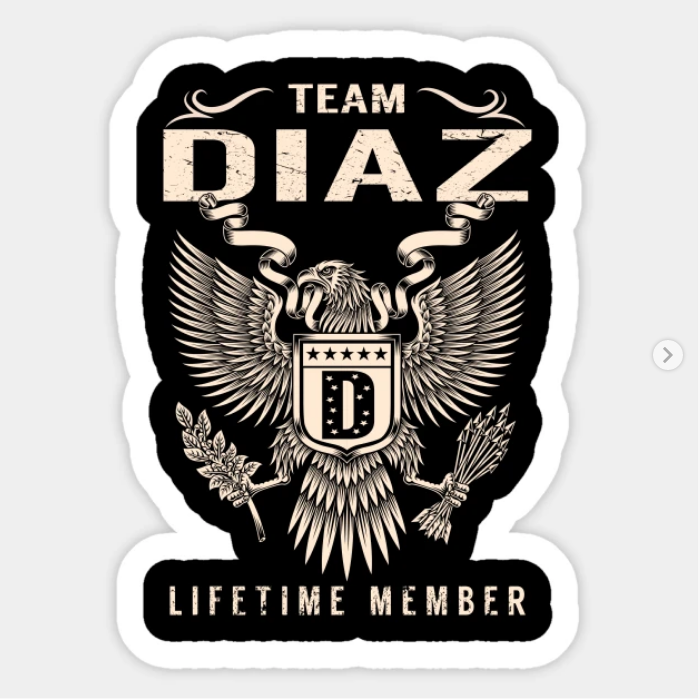What’s going where?
Help transport planners find the detailed locations that different types of freight are coming from and going to
Go to Challenge | 7 teams have entered this challenge.

The Diazes
How can we help transport planners find the detailed locations that different types of freight are coming from and going to?
Trucking companies hold the information for every trip of every truck in their fleets. A trip manifest contains information on what cargo a truck is carrying, where the cargo is to be picked up, and where the cargo will be delivered. Trucking companies, however, do not capture this information in a standardized format capable of feeding a data interchange system shared with points of origin and destination. For example, a truck driver for one of Australia's biggest freight companies needs to carry paper copies of the trip manifest when delivering a truckload to one of the distribution centers in Prospect NSW. The distribution center then uses the information from the paper copy to process the freight.
If the information in the trip manifest is captured in the proper granularity and format, release of cargo at the source and processing of deliveries at the destination will be facilitated, allowing for a more efficient and streamlined experience at both ends of a trip. This also allows for capturing address information of trip origin and destination, the actual locations of warehouses and distribution centers.
With both points of origin and destination known, trip planning can then proceed with route optimisation. We propose optimisation based on several factors, such as:
Historic and real-time roads use data to factor in traffic and road congestion;
Location data of service stations and rest areas as well as available spaces and amenities to factor in stops such as for refueling and mandatory rest for long haul drivers;
Historic and real-time telematics data from trucks, which continually feeds data on trip origin and destination, traffic and road congestion, as well as vehicle locations, to factor in actual conditions, and more importantly to bring to the fore an issue that many truck drivers complain of but nothing concrete has really been achieved so far.
The supply chain is saddled with delays, and the truck drivers carry the brunt of it. Usually, while their trucks are being loaded or unloaded, they are not considered to be at work for purposes of pay, but they are considered to be at work for purposes of counting work hours under the NHVR regulation.
There are many times that drivers have to wait in queues, either because the warehouse or distribution center has closed for the day, or because trucks arrive at the same time, producing peak-hour bottlenecks. Other inefficiencies include processing of paperwork, and for those who are entering a warehouse site or distribution center for the first time, going through required WHS site induction, a task which could have been completed prior, such as when idle and waiting.
With historic and real-time wait data available from vehicle telemetry, trip planning can be further optimized so that drivers can find a rest stop instead of waiting in queues, or trip start times changed to get vehicles at their destination within sufficient time windows to avoid bottlenecks, and identify sites where delays perennially occur so that accountability under the new Chain of Responsibility regulation of the NHVR will be evenly spread among stakeholders in the supply chain.
We will then achieve not just supply chain business efficiency, but also make Australian roads safer. Delays prompt drivers to drive faster, increasing the risk of crashes. In addition, driver fatigue is among the primary causes of road accidents, and wait times have been known as a major factor to fatigue.
Data makes up two parts of this proposal. First, it calls for data interchange between trucking companies and warehouses or distribution centres to facilitate paper-based transactions and capture relevant data from trip manifests. Second, telematics data is used to improve trip planning and route optimisation, with due consideration to delays that impact truck driver well-being and road safety.
Description of Use Background information on tackling delays as factor in road safety.
Description of Use This is used to inform stakeholders from one end to the other end of the supply chain, particularly that which relates to safety (e.g. delays that cause fatigue).
Description of Use This is used to determine where the suitable rest areas are along a route so that rest intervals can be included in trip planning.
Description of Use This is used to determine roadworks so that historic data from sample telematics data set can be correlated.
Description of Use This is used to provide information on road assets.
Description of Use This is used as sample telematics data which can provide insight on vehicle routes, congestions, rest time and delays.
Go to Challenge | 7 teams have entered this challenge.